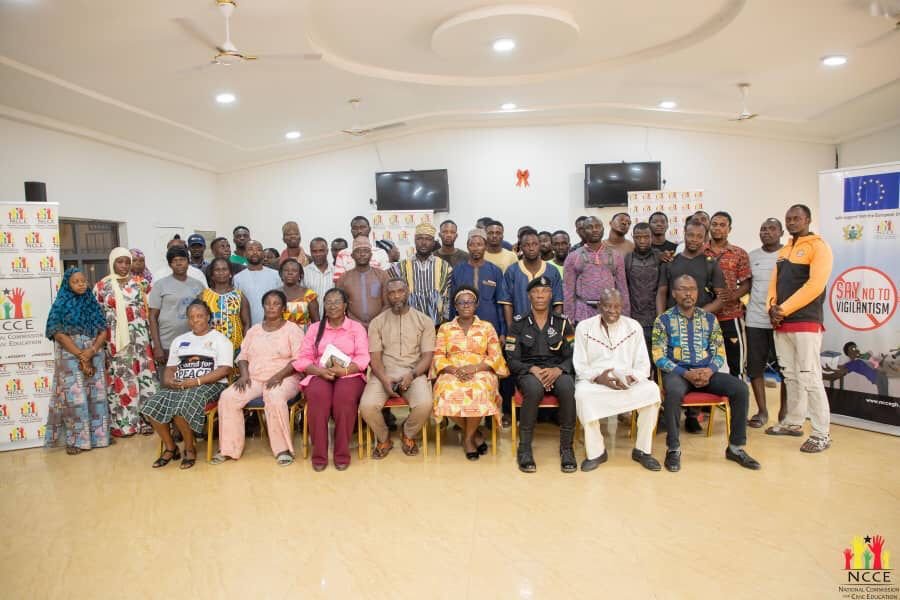A VR experience created by students at The New School in New York City is designed to take viewers to an almond farm in California and illustrate the effects of pesticides on bee colonies. At first, participants wearing a VR headset can walk around the virtual stands of trees, and hear the sounds of rustling leaves and buzzing bees.
Then, with the push of a button, users can choose a different perspective.
“You get to become a bee,” explains Maya Georgieva, who runs the university’s Innovation Center, “and you have the sense of what happens to the bee colony when the pesticides go all over to protect the trees and you get to see what it is in the beehive as the bee is struggling.”
The goal is not just to create a virtual field trip to a farm that students in a classroom might not have access to. The hope is that the immersive technology will provide a shift of perspective that’s simply impossible in the physical world, but can be simulated in emerging virtual reality spaces.
“This is kind of an empathy machine, and I think it has a huge emotional power,” says Georgieva, who has become a leading voice about where VR is headed through her blogging and public speaking. Flying around like a bee, she says, helps users “really embody this moment that we are living in — of climate change and some of the choices we make.”
She says that some of the best examples of VR in education are short, intense experiences — like the student project with the bees — that are carefully placed into larger classroom lessons.
“It’s not the five, 10, 15 minutes in the headset,” she says, “it’s what happens before and what happens after this just sets the stage for more critique, for more in-depth conversation, for more curiosity.”
EdSurge sat down with Georgieva after a talk she gave last month at the SXSW EDU festival about where she sees VR headed in education, what kind of applications it’s best for, and what she sees as some limitations.
Listen to the episode on Apple Podcasts, Overcast, Spotify, YouTube or wherever you listen to podcasts, or use the player on this page.




















Discussion about this post